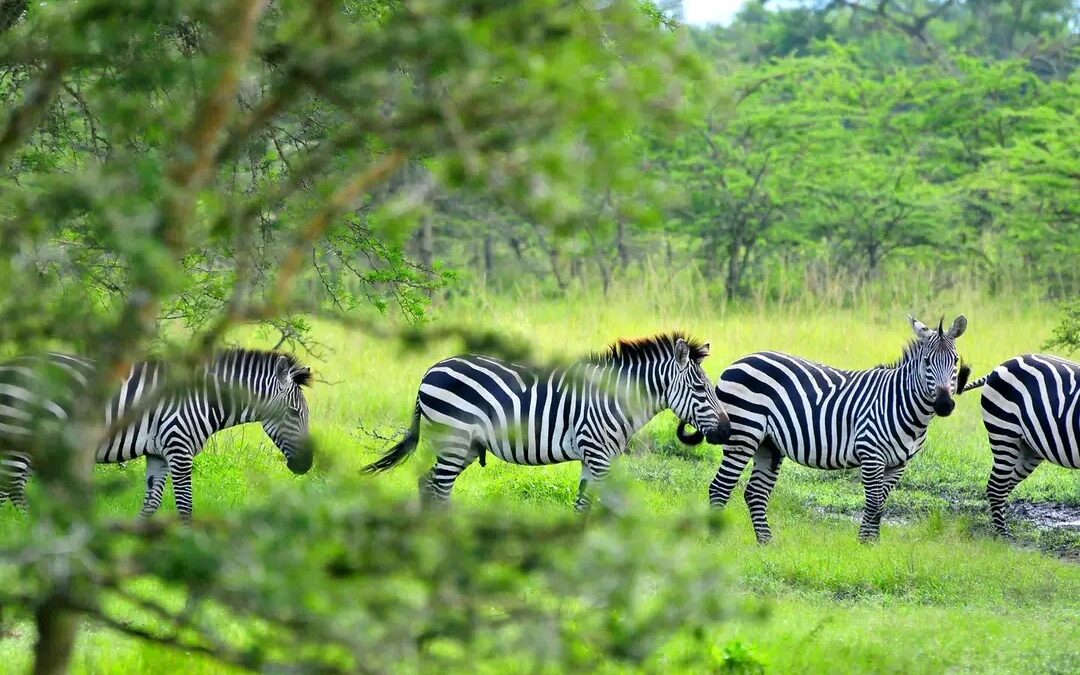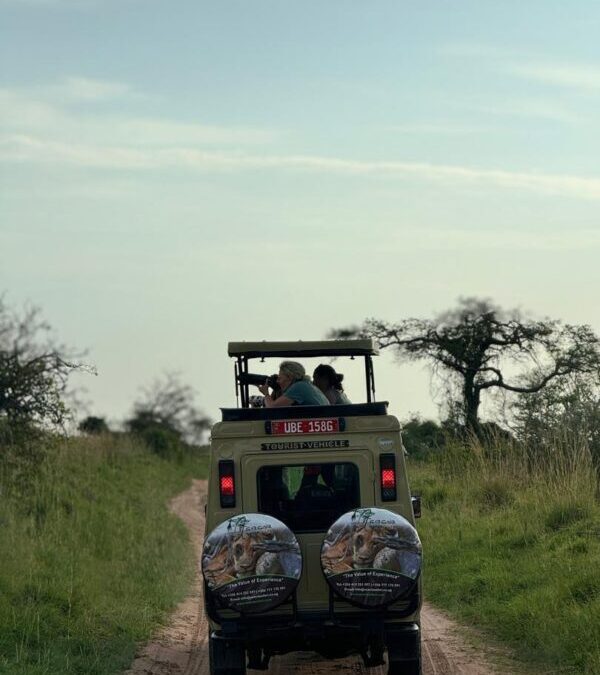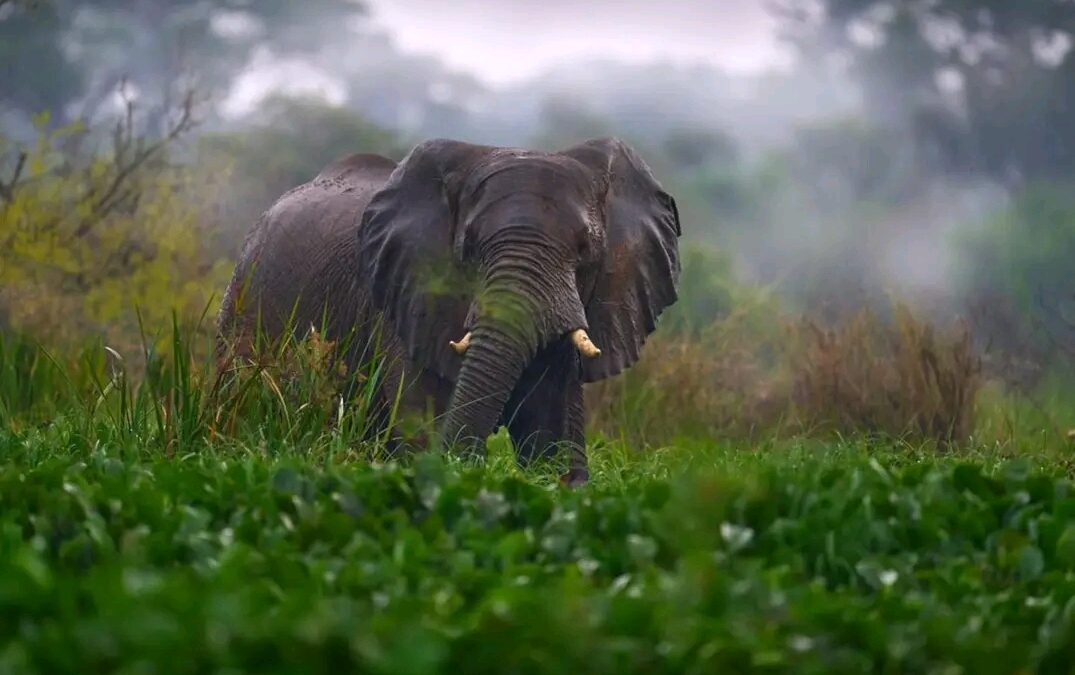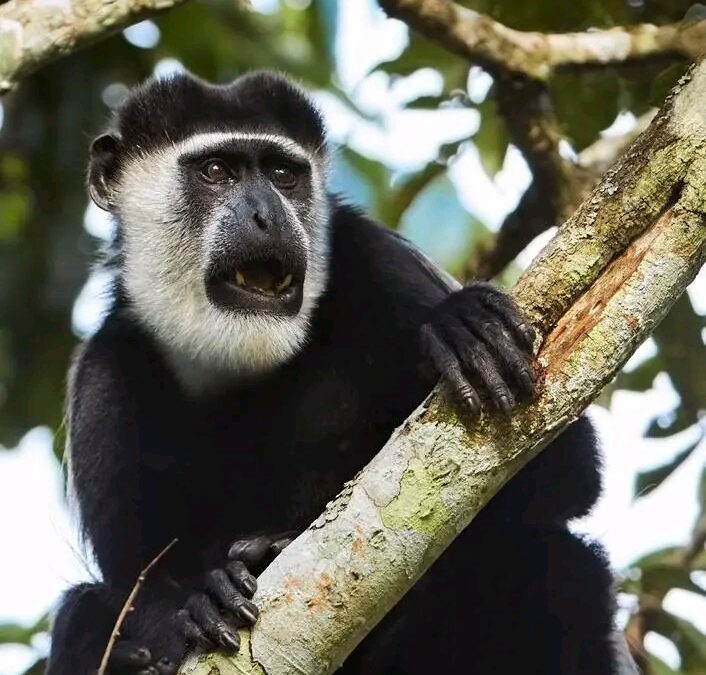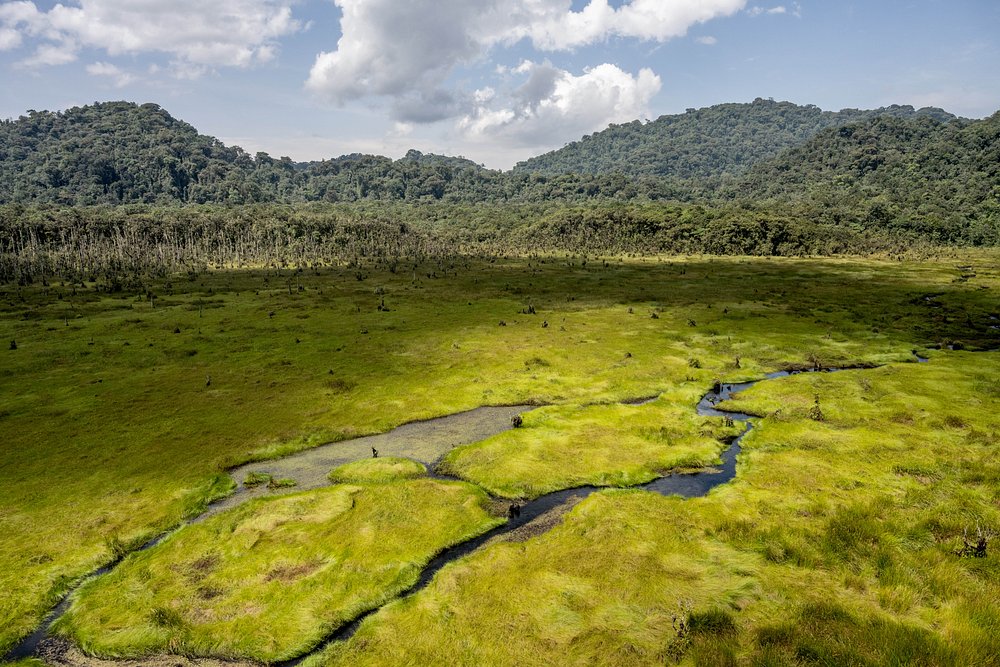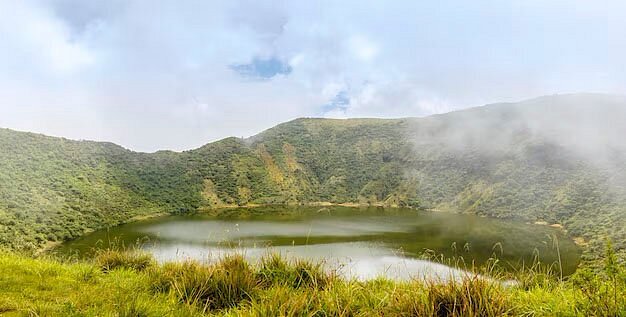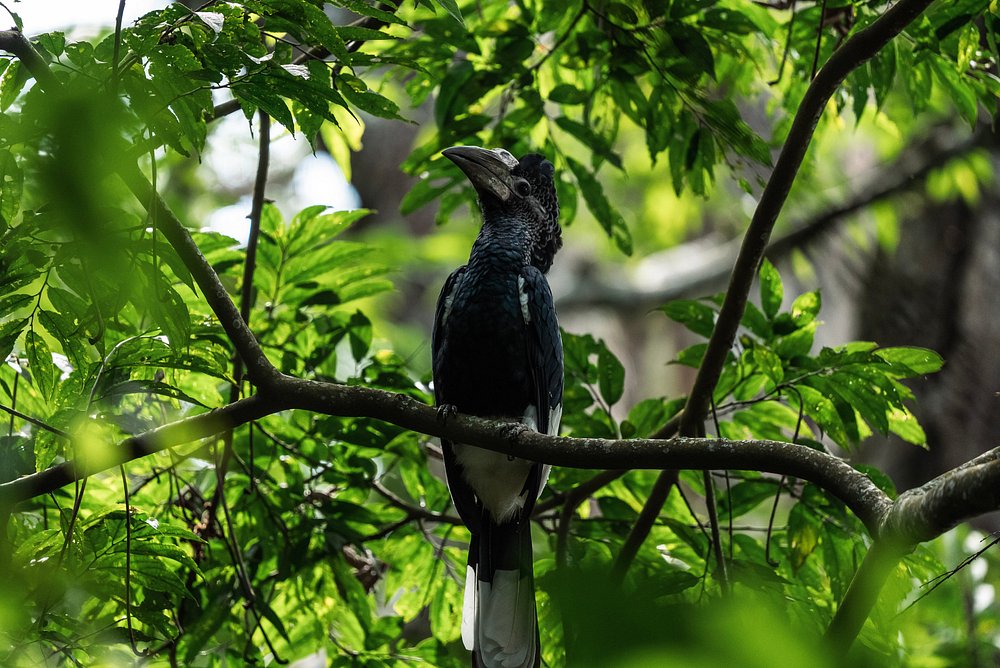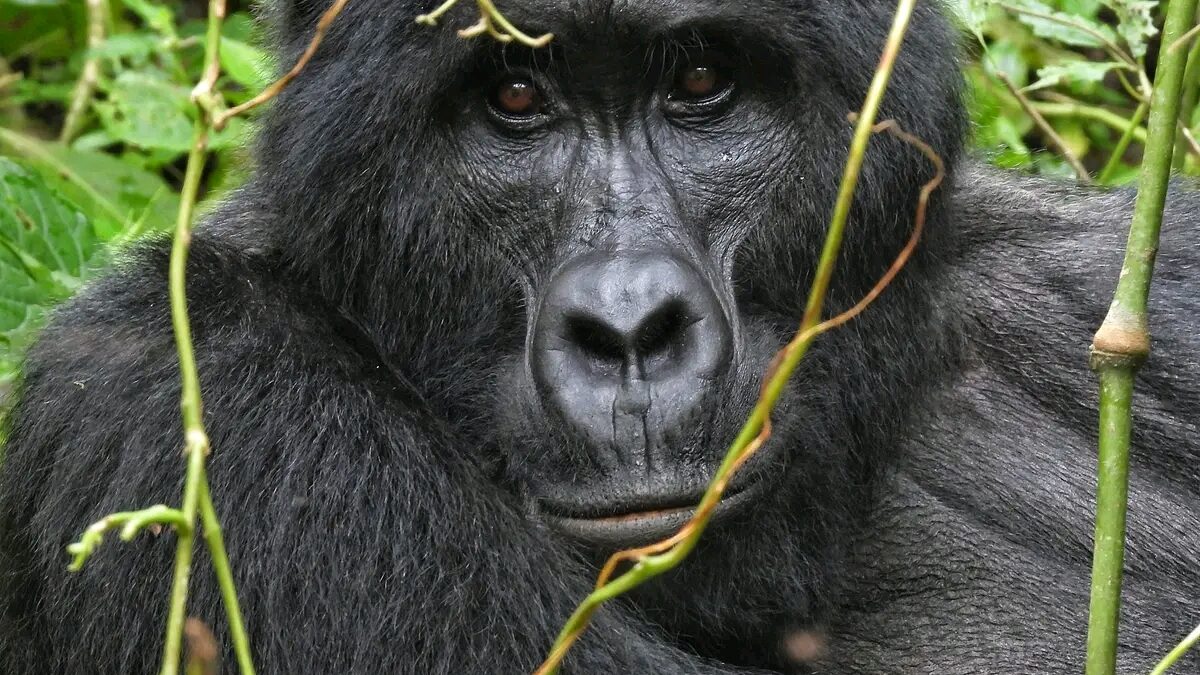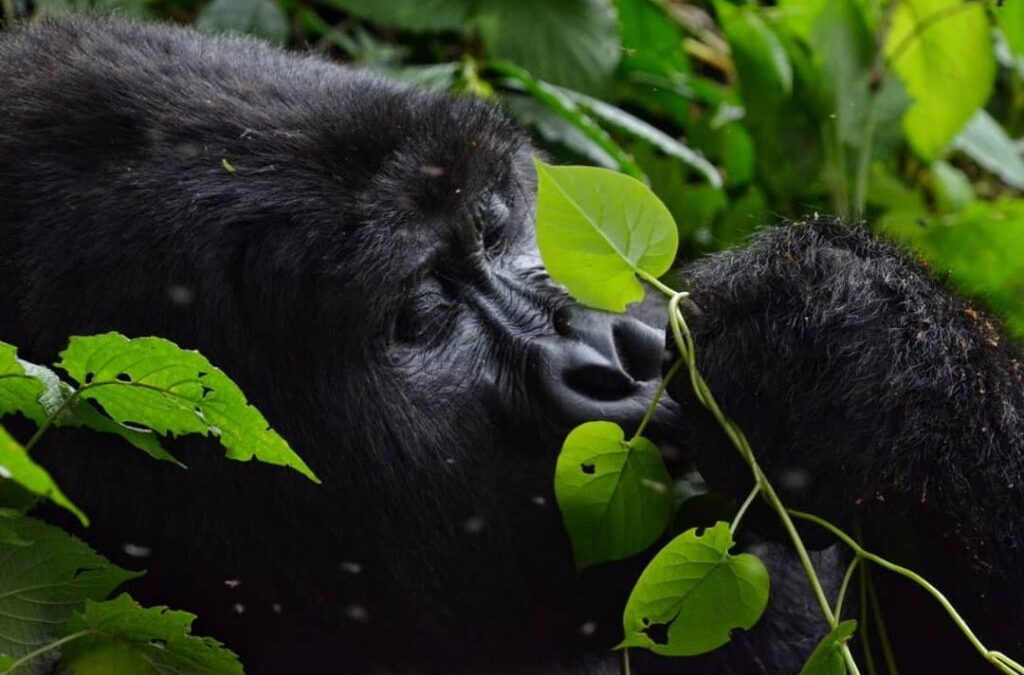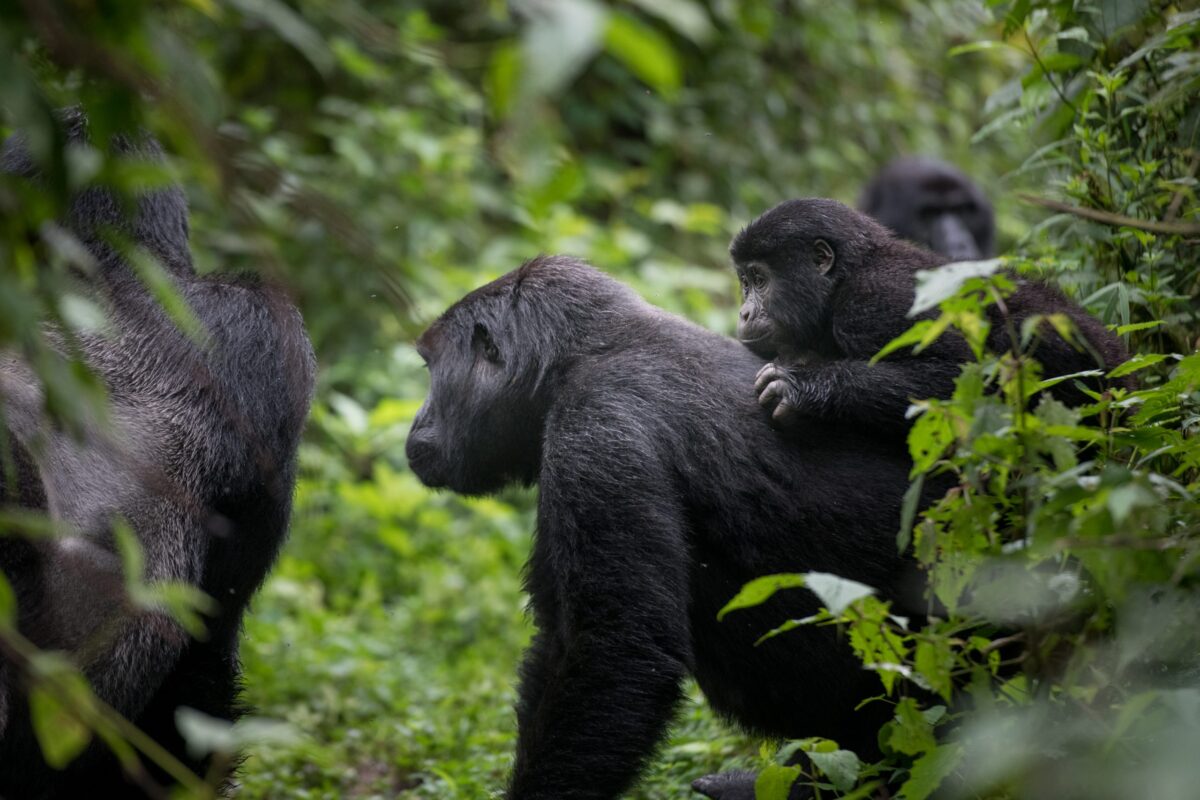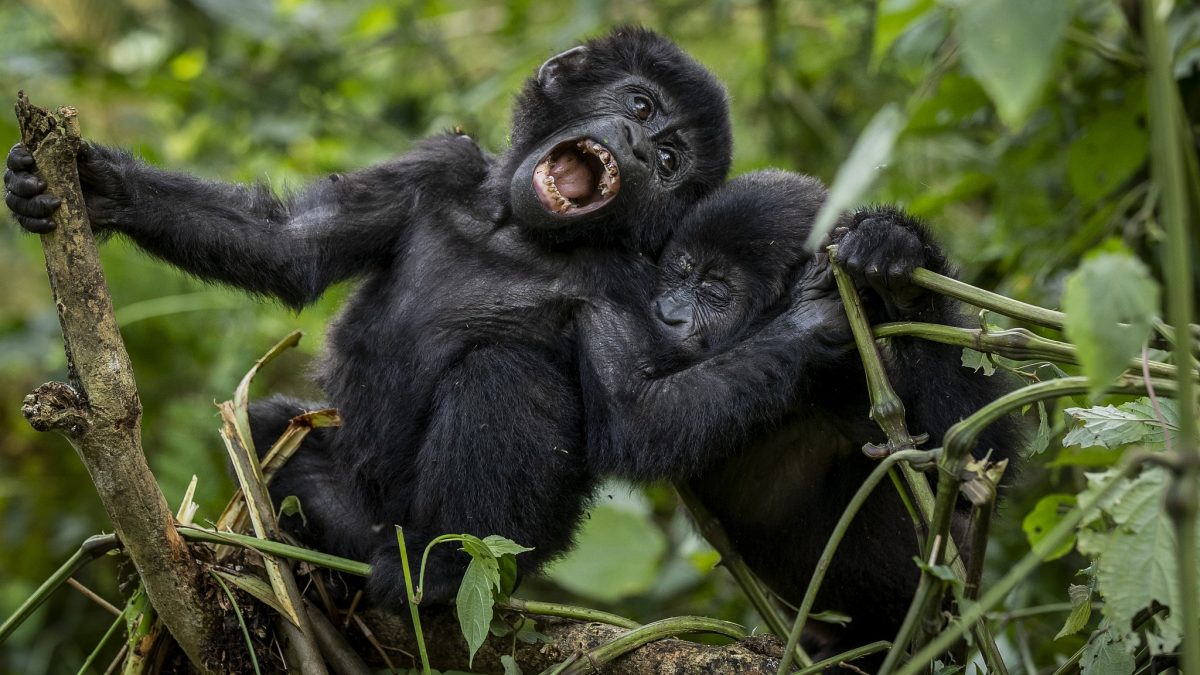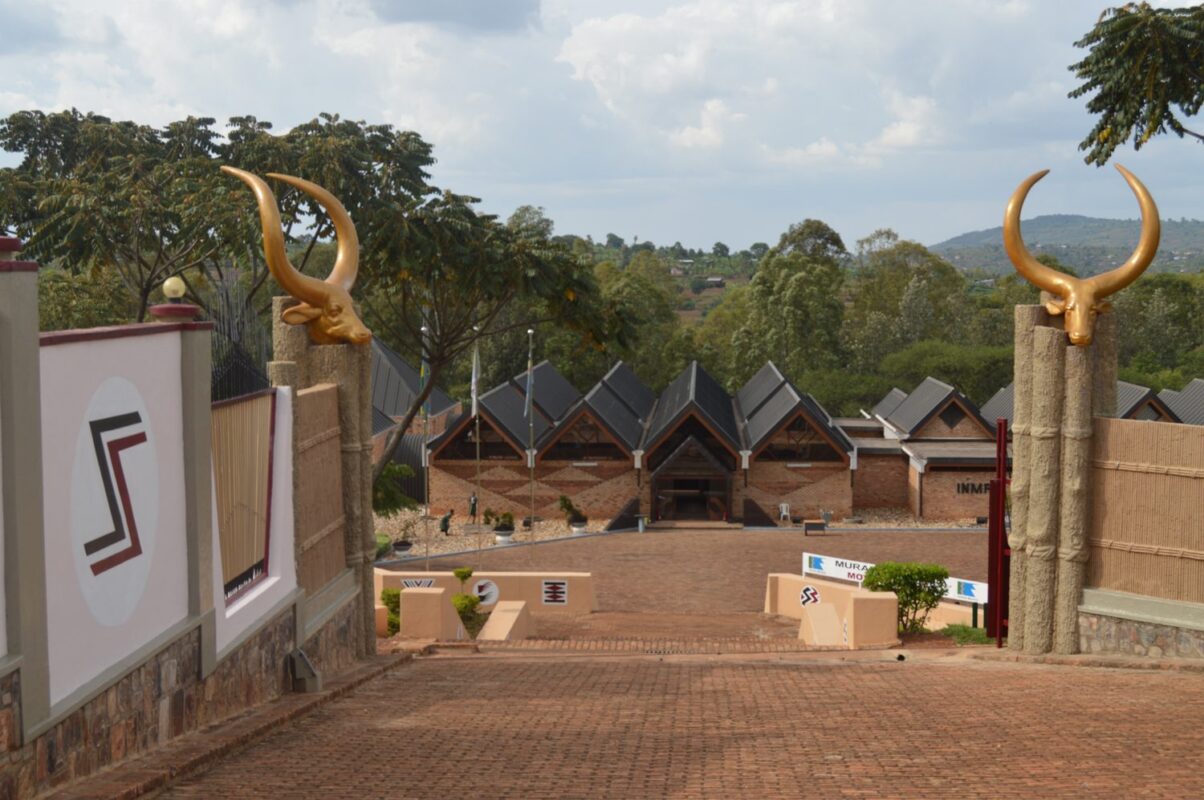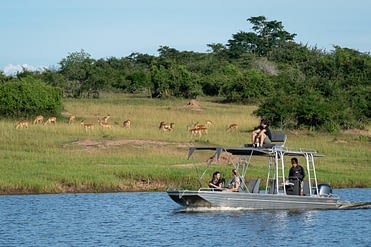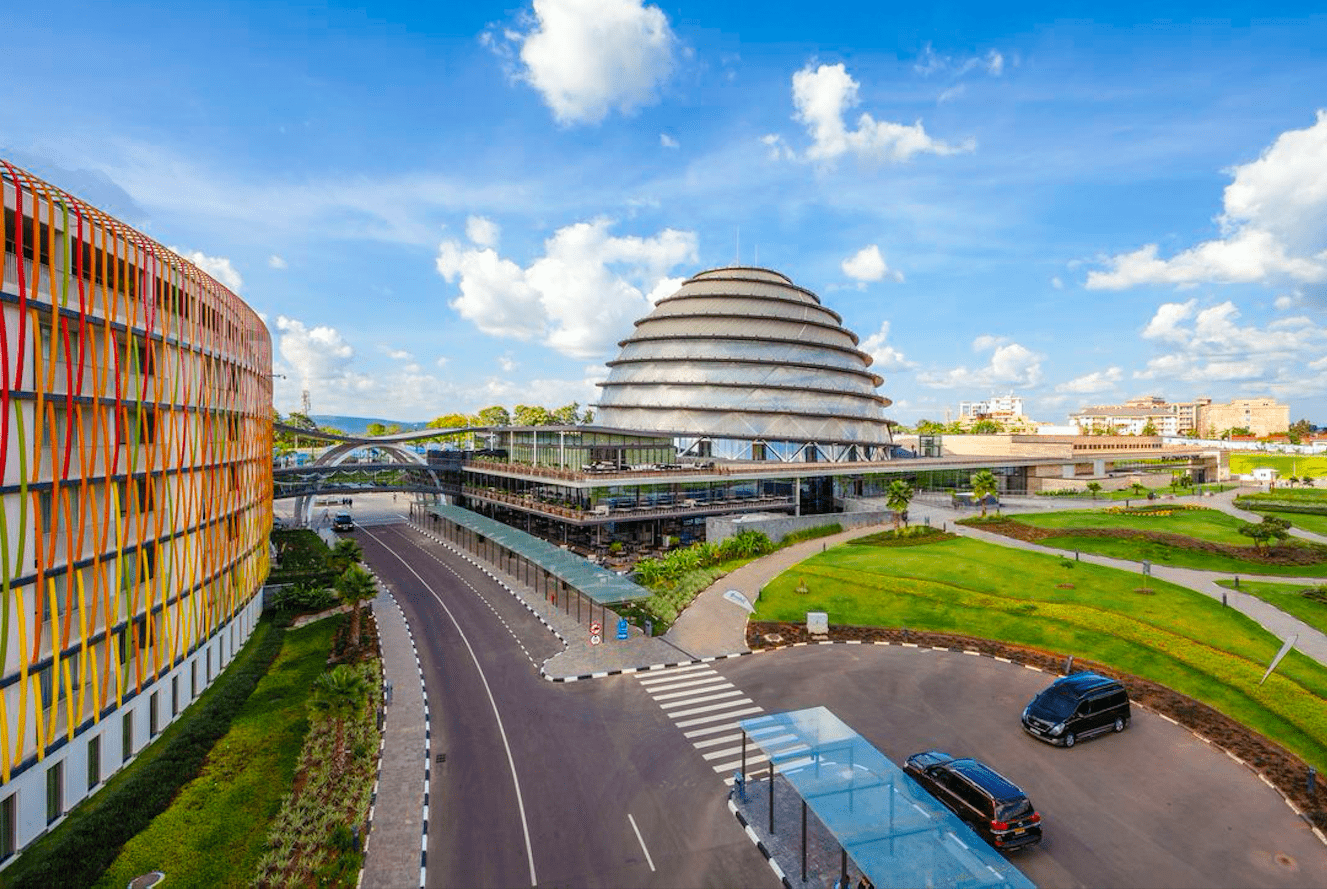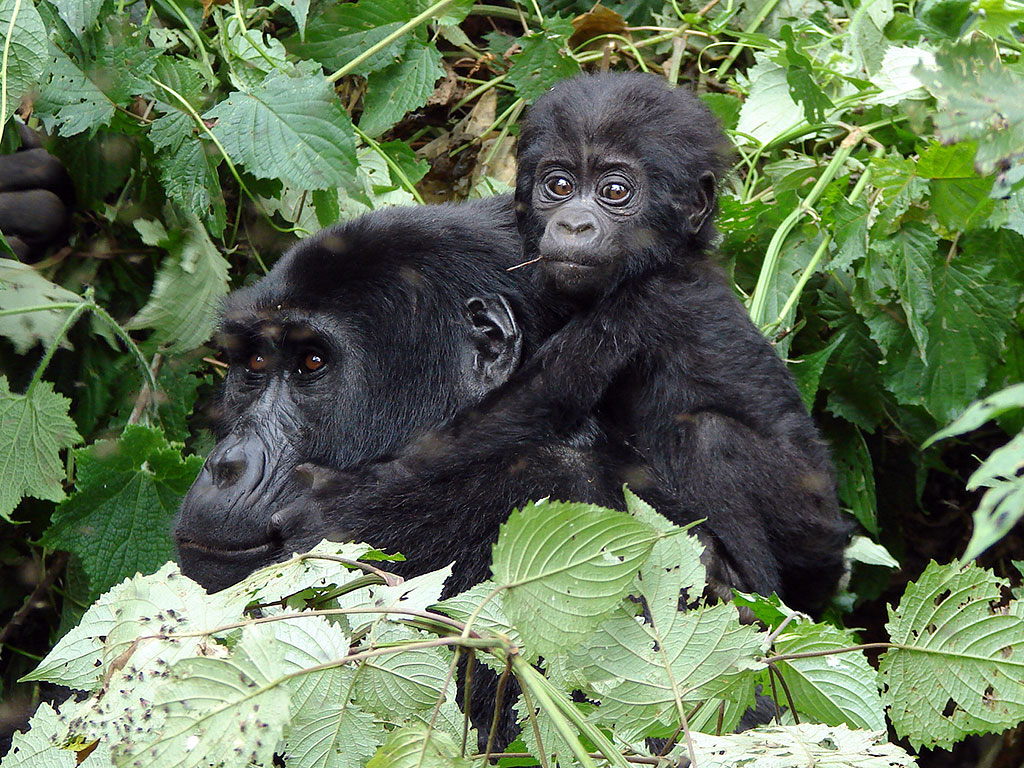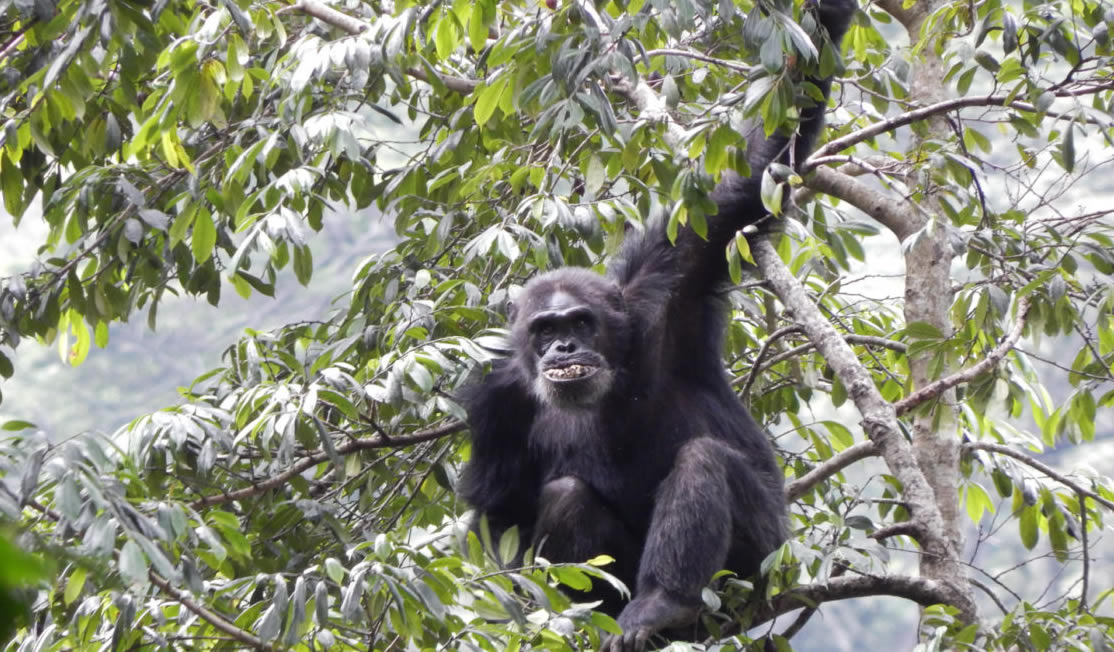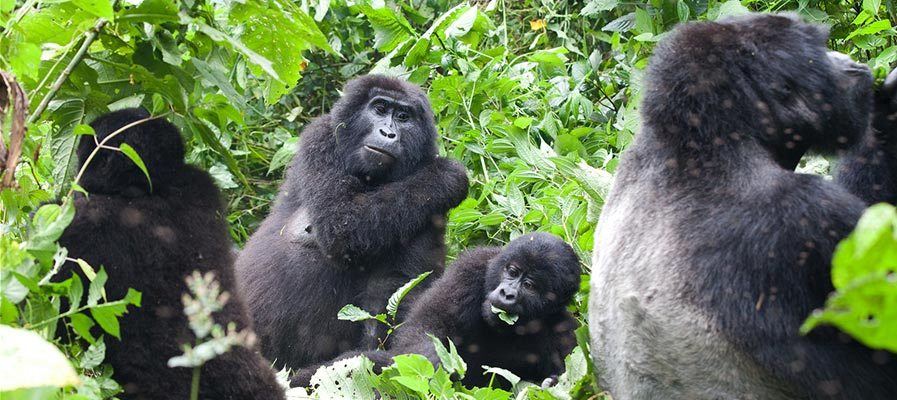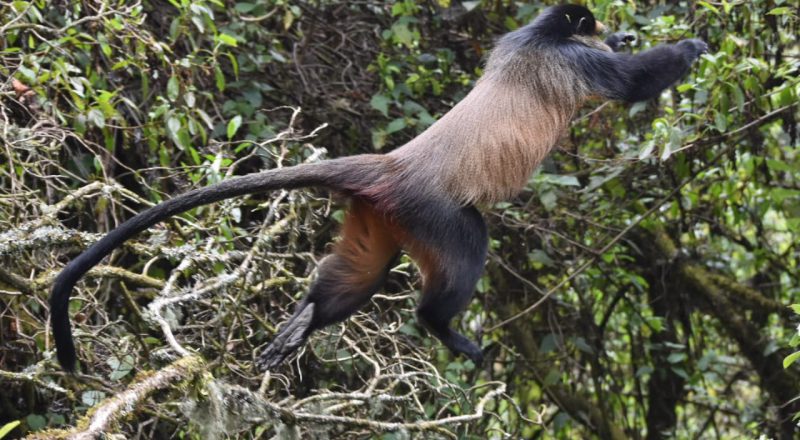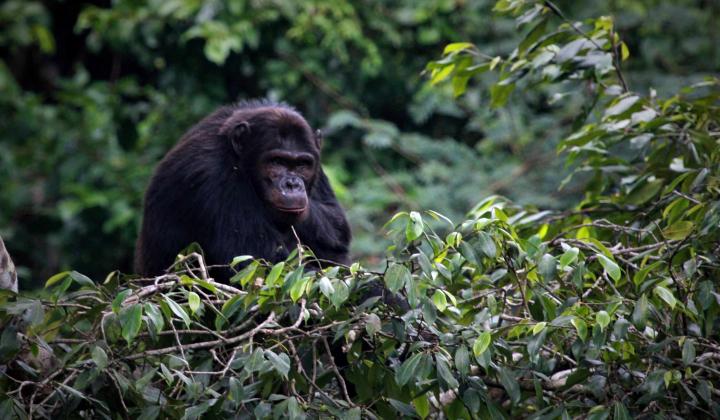Night Game Drives in Akagera National Park: Akagera wildlife safaris after dark
The Night Game Drives in Akagera National Park are not just game drives, they are excellent nocturnal safaris in Rwanda that allow visitors to witness a whole new world after the sun set. Akagera National Park, located in the Eastern province of the country is the only savanna park in Rwanda – known for its impressive numbers of wildlife, birdlife and spectacular beauty. One of the best ways of exploring Akagera during Rwanda Wildlife safaris in by embarking on wildlife safari game drives in customized 4×4 safari vehicles. Although wildlife safaris in Akagera National Park are best done during day, there is nothing that beats the thrill of witnessing the rarely sighted nocturnal after sunset. Night Game Drives in Akagera National Park allow visitors to witness some the top wildlife species (nocturnal species) that prowl the Rwanda savannas during the night and a chance to witness the stunning starlit skies.
Night Game Drives in Akagera National Park start at around 6:30 PM after sunset – visitors board their safari vehicles and start their adventure in the park. Just like the morning and afternoon game drives in Akagera National Park, the night game drives in Akagera/nocturnal safaris/ night game viewing in Akagera are exciting, although the wildlife activity is usually less. The driver guide drives through some of the popular trails and tracks in the park – taking visitors to the some of the most popular wildlife viewing spots. The real focus on these night game viewing safaris/night wildlife safaris in Akagera is on spotting the nocturnal wildlife especially predators like lions, Leopards, Civets, Genets, Hyenas, Bush babies, Porcupines, Nightjars, and owls. Beyond wildlife, these safaris also allow visitors to experience the park under a blanket of stars, with the sounds of the wilderness amplified in the quiet of the night.
What happens during Night Game Drives in Akagera National Park: Details of Night Game Drives, Wildlife, & Fees
Unlike the morning game drives and afternoon game drives (most popular game viewing experiences in the park) which tale place during day, Night Game drives in Akagera National Park are typically conducted in the night, just after sunset. The night game drives usually start at around 6:30 PM and last anywhere between 2 – 3 hours. Visitors board their safari vehicle and are driven by an experience driver guide who is knowledgeable about the park and its attractions. Since the activity is done during the night, the guides usually carry spot lights (Powerful Handheld Torches) that they can use to light up the surroundings. These torches usullay have long range beams that can scan the grasslands and bushes for eye reflections and movements.
The guides are well experience and will always spot the eyeshine of animals especially nocturnal species like leopards, civets, and bush babies among others. They will help visitors spot these species even at a far away distance. Visitors then get a chance view these animals and if lucky enough you might even catch top predators in action. The guide usullay use the light briefly so as to avoid creating stress. The nigh adventure in Akagera then continues as you visit various popular wildlife area for more sighting. By 8:30 PM, visitors are driven back to their lodge for an overnight stay.
The night game drive fees for Akagera National Park, Rwanda is about $40–50 per person, but prices may vary depending on the group size.
Why book a night game drive in Akagera? or Why Night Game Drives are Special?
During the night game drives, there is high chances of spotting the Nocturnal Animals like Lions, Leopards, Civets, Genets, Hyenas, Bush babies, Porcupines, Nightjars, and owls that are usually hard to pot during day time. The visitors also get a chance to experience the vast savannas of Rwanda under a blanket of stars, and the sounds of the wilderness amplified during the quite night. The nocturnal species are known to move during the night at hide during day so exploring the park during the night give you a rare opportunity to encounter these species.
What to expect during night game drives in Akagera National Park? During Rwanda night wildlife viewing safaris/Night game viewing, expect to encounter some of the top predators in the park like Lions, and occasionally leopards. Visitors are also guaranteed to encounter Spotted hyenas hunting or scavenging, Smaller Carnivores: Genets, civets, and mongoose. Occasionally Bush babies (galagos) are sighted during night wildlife safaris in Akagera with their reflective eyes in trees. There is also a chance to spot some Nocturnal birds like nightjars, owls, and bats in Akagera. And finally, herbivores like Elephants, hippos, and bushbucks are a common sight during night wildlife safaris in Akagera National Park.
Park entry fees for Akagera National Park
Just like all other safari destinations in Rwanda and East Africa to enjoy a safari in Akagera National Park, visitors are required to book a slot which is usually inform of park entry fee. This money is used for conservation purposes and development of the Park. The park entry fees for Akagera National Park is based on type of travelers or Nationality. For East African community citizens is the park enty $7.5 for adults,$4 for children ages 6-12. East African Community residents pay about $35 for adults,$20 for Children ages 6-12. International tourists pay about $ 50 for adults, $30 Children ages 6-12.
It is important to know that the park entry fees for vehicles is charged differently depending on the type and size of vehicle/ Minibus-East African Community registered $12, bus /overlander East African Community registered $24, Vehicle/ Omnibus – Foreign registered $100.
When to visit Rwanda’s Akagera National Park for Night Game drives
Rwanda’s Akagera National Park is a great destination all year round however, the dry season is known as the perfect time for safaris in Rwanda. During the dry season, adventures are at their best and wildlife viewing in Akagera is unbelievable easy. The less foliage, accessible tracks, little or no rainfall, and good weather all make the dry season a perfect time for visiting Akagera National Park for any kind of adventure including Night Game drives.
Rwanda just like many East African countries receives two dry seasons, the long dry season that runs from June to September and the shorter dry season which is between December and February. These months are the best time to visit Akagera National Park for wildlife viewing and night game drives/Night wildlife safaris in Rwanda.
How to prepare for Night Game viewing safaris in Akagera National Park: Tips for Night Game Drives & what to carry
Just like day game drives, night game drives in Rwanda require you to prepare in advance for a comfortable and good experience. Here are our top tips for Night game drives in Akagera;
Dress Warmly: Consider bringing a jacket or sweater with you as nights can be chilly in Akagera.
Carry Binoculars: We recommend carrying along a pair of binoculars as spotting wildlife at night is easier with binoculars especially at a distance.
Wear Comfortable trousers & closed shoes: Consider wearing long and comfortable trousers.
Carry a camera with a low light setting: if you are interested in photographing wildlife during night game drives, consider carrying a camera.
Stay Quiet: Avoid loud noises to maximize your chances of seeing animals.
- All
- Africa safaris
- Bird watching in Tanzania
- blog
- Budget Safaris
- Chimpanzee Habituation in Kibale National Park
- Chimpanzee trekking
- Coronavirus in Uganda update
- Covid-19 Updates
- Cultural Tours in Tanzania
- East African safaris
- Golden monkey trekking
- gorilla safaris
- Gorilla trekking in Uganda
- Great wildebeest Migration
- Hiking Rwenzori Mountains
- Hiking safaris in Uganda
- Kenya Adventure Safaris
- Kenya Safari News
- Kenya Safari Packages
- Kenya Safaris and Tours
- Kenya Travel Guide
- Kenya Wildlife Safaris
- Kidepo National Park Safaris
- Latest Safari News
- Nature walking safaris in Uganda
- Primate Safaris in Uganda
- Rhino tracking in Uganda
- Rwanda Adventure tours
- Rwanda Bird-watching Safaris
- Rwanda gorilla Safaris
- Rwanda Safaris and Tours
- Rwanda Wildlife Safaris
- Short Uganda Safaris
- Tanzania Adventure
- Tanzania Adventure Safaris
- Tanzania Safaris and Tours
- Uganda Adventure Tours
- Uganda birding safaris
- Uganda Safari and Tours
- Uganda Safaris
- Uganda Special Rates
- Uganda Wildlife Tours
- Wildebeest Migration in Tanzania
- Wildlife Safaris in Tanzania
- wildlife uganda



